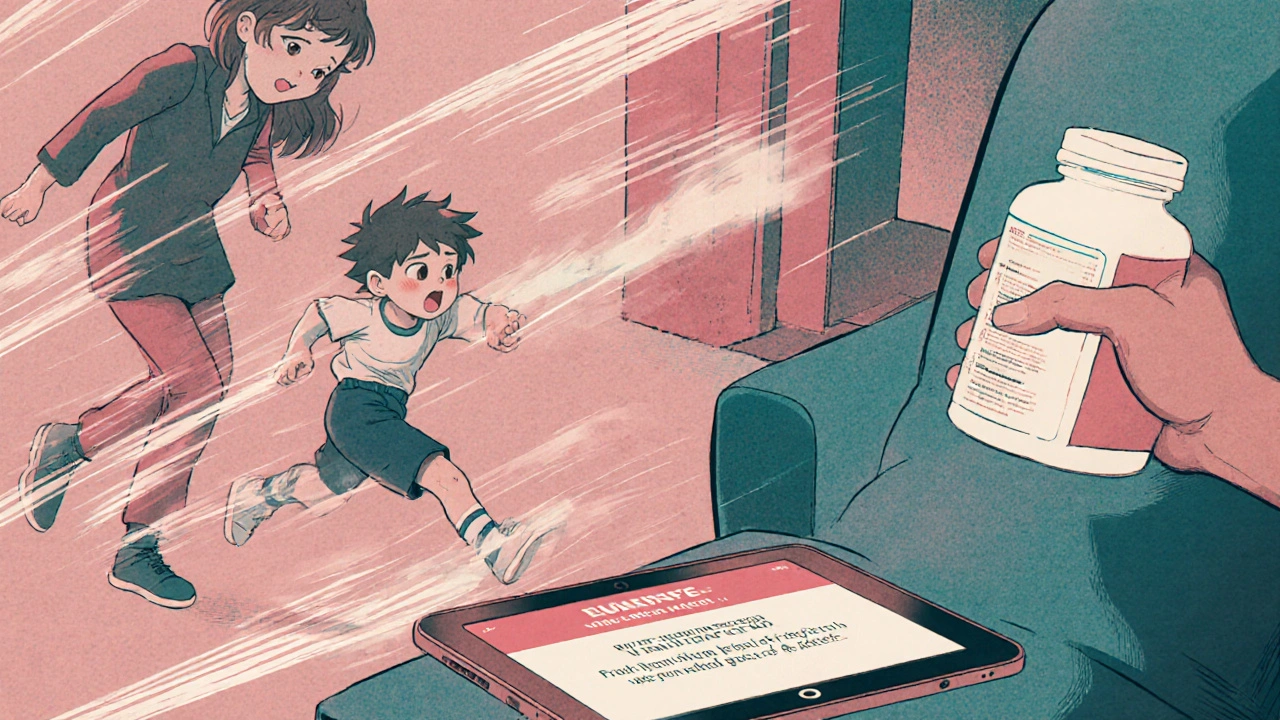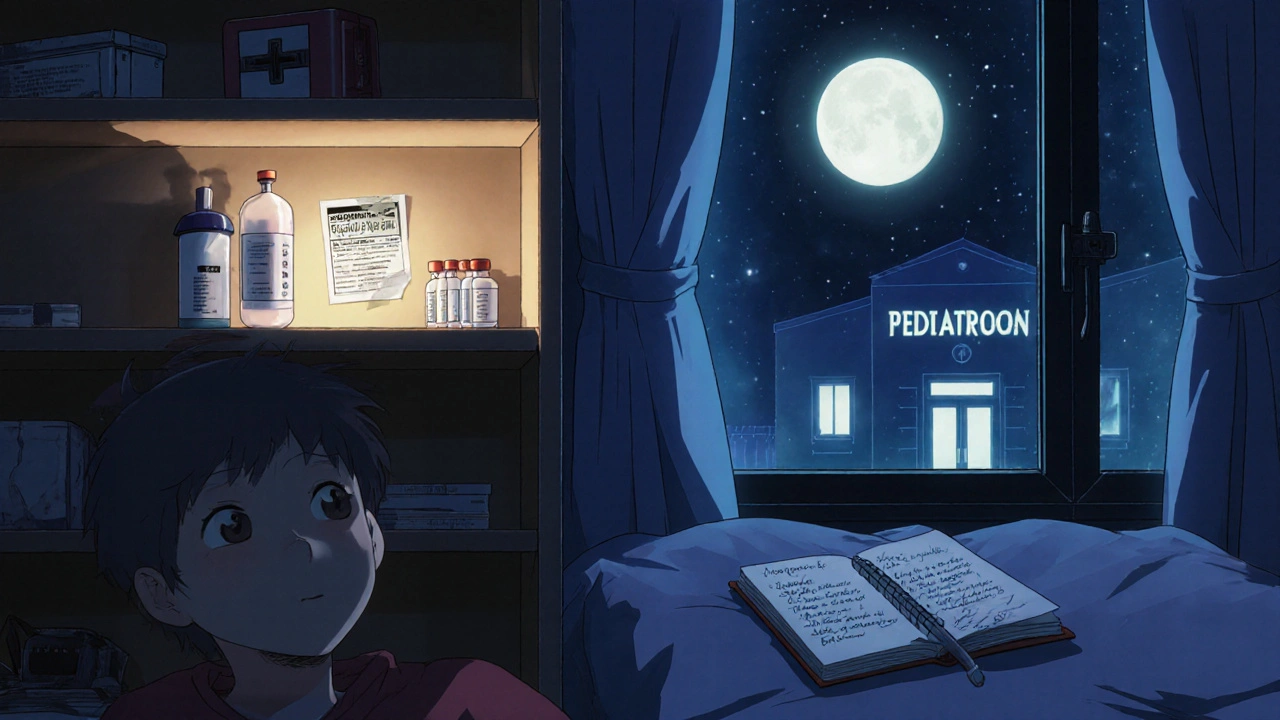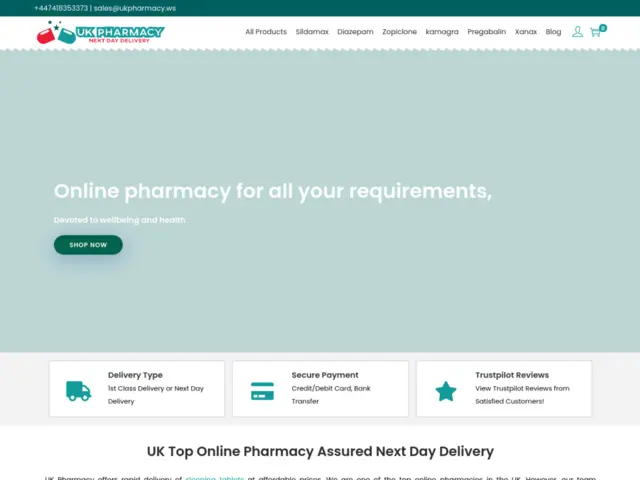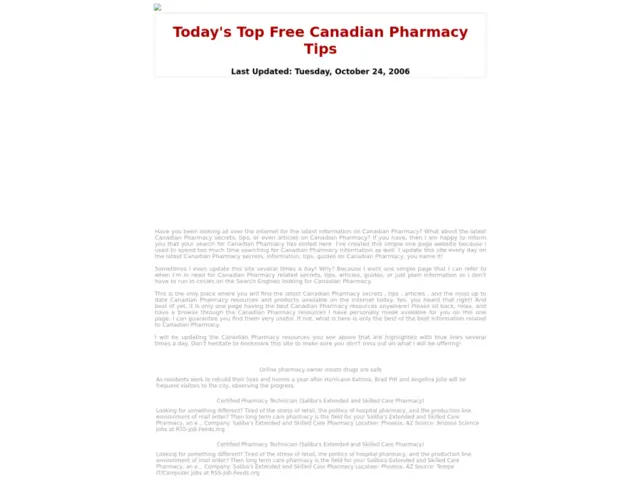When your child starts a new medication, you hope it helps them feel better. But what if they start feeling worse? Nausea, drowsiness, a rash, or even unusual hyperactivity can turn a simple treatment into a scary situation. The truth is, pediatric medication side effects are more common than most parents realize. About 42% of children on prescription drugs experience stomach upset, 28% get diarrhea, and nearly 1 in 5 become unusually sleepy or overly energetic. These aren’t rare glitches-they’re expected risks that need smart, calm handling at home.
Know the Most Common Reactions
Not every strange behavior means something dangerous. Most side effects are mild and temporary. The most frequent ones fall into three groups: stomach issues, nervous system changes, and skin reactions.- Gastrointestinal: Upset stomach, vomiting, or diarrhea are the top complaints. These often happen in the first few days as the body adjusts. If your child vomits more than three times in a day or has watery diarrhea for over 24 hours, it’s time to call the doctor.
- CNS effects: Drowsiness is common with antibiotics, antihistamines, and some ADHD meds. But some kids do the opposite-they become hyperactive, especially after taking diphenhydramine (Benadryl). One parent in Melbourne noticed her 6-year-old running laps around the house for 45 minutes after a single dose. That’s not normal behavior for them, and it needs to be documented and reported.
- Dermatological: Rashes are the third most common issue. A mild pink spot might be harmless. But if the rash spreads quickly, turns purple, or is accompanied by swelling around the eyes or lips, treat it like an emergency.
Keep a simple log: write down what medicine was given, when, and what happened afterward. Note the time, the dose, and any behavior changes. This helps your pediatrician spot patterns. Many parents skip this step, then can’t remember if the rash came after the antibiotic or the fever reducer.
Use the Right Tools-No Guesswork
One of the biggest causes of side effects isn’t the medicine itself-it’s how it’s given. The CDC says 68% of home medication errors involve wrong dosing. And the most common mistake? Using a kitchen spoon.A teaspoon isn’t a tablespoon. A tablespoon is three times bigger. That’s a 300% overdose risk if you mix them up. That’s why you need:
- Oral syringes: Use a 1mL syringe with 0.1mL markings. These are sold at pharmacies for under $5. Never use a cap, cup, or spoon.
- Medication log: Use a notebook or free app like MedTrak Pediatric (launched 2023). Scan the barcode on the bottle before giving each dose. The app flags if you’re giving the wrong medicine or wrong time.
- Emergency list: Keep a sticky note on the fridge with: your pediatrician’s number, Poison Control (1-800-222-1222), and your pharmacy’s after-hours line.
Also, store meds properly. Most liquid medicines need to be kept between 20-25°C (68-77°F). If the label says “refrigerate,” keep it in the back of the fridge-not the door. Heat and moisture ruin medicine. And never transfer pills or liquids into unmarked containers. That’s how toddlers find “candy” and end up in the ER.
When to Call the Doctor (and When to Call 911)
Not every side effect needs an ambulance. But some do. Here’s the clear line:Call your pediatrician within 24 hours if your child has:
- Vomiting more than three times in a day
- Diarrhea lasting more than 24 hours
- Fever over 102°F (38.9°C) that doesn’t respond to acetaminophen
- Unusual behavior-like constant running, extreme drowsiness, or confusion
- A rash that spreads or looks like hives
Call 911 or go to the ER immediately if your child has:
- Swelling of the face, lips, tongue, or throat
- Difficulty breathing or wheezing
- Respiratory rate over 40 breaths per minute (for infants) or over 30 (for toddlers and older kids)
- Hives covering more than 10% of the body
- Loss of consciousness or seizures
These are signs of anaphylaxis-a life-threatening allergic reaction. Epinephrine (EpiPen) should be used right away if you have it. Don’t wait to see if it gets better. Minutes matter.

Handling Gastrointestinal Side Effects at Home
If your child has stomach upset or vomiting, dehydration is the real danger. Don’t try to force food. Don’t give juice or soda-it makes diarrhea worse.Here’s what works:
- Wait 30-60 minutes after vomiting before offering anything.
- Start with 5-10mL of oral rehydration solution (like Pedialyte) every 5 minutes. Use a syringe or small spoon.
- If they keep it down for 2 hours, increase to 15-30mL every 5 minutes.
- After 4-6 hours without vomiting, try bland foods: bananas, rice, applesauce, toast (the BRAT diet).
- Avoid dairy, fried foods, and sugary drinks for 24-48 hours.
Watch for signs of dehydration: dry mouth, no tears when crying, fewer wet diapers (or no pee in 8+ hours), sunken eyes. If you see any, call your doctor right away.
Antibiotics and the “Stop Early” Trap
Many parents stop antibiotics as soon as their child seems better. That’s dangerous. Children’s Healthcare of Atlanta found that 29% of bacterial infections come back because treatment was stopped too soon. Antibiotics don’t work like painkillers-they kill bacteria over time. Stopping early lets the strongest bugs survive and multiply.Always finish the full course-even if your child feels fine on day 4 of a 7-day prescription. If side effects are too bad (like severe diarrhea or vomiting), call the doctor. They might switch to a different antibiotic, but don’t quit on your own.
Storage and Safety: Prevent Accidental Poisoning
Every 8 minutes, a child in the U.S. is treated in an ER for a medication error at home. Most involve kids under 5. And 84% of those cases involve liquids.Follow these non-negotiable rules:
- Keep all meds in original child-resistant containers. Don’t transfer them to pill organizers or perfume bottles.
- Store meds at least 1.5 meters (5 feet) high and locked. Use cabinet locks if needed.
- Never say “medicine is candy.” Even if you’re joking, kids remember that.
- Dispose of expired or unused meds properly. Take them to a pharmacy drop box-not the trash or toilet.
The Poison Prevention Packaging Act of 1970 made child-resistant caps standard. They work-92% effective at keeping kids under 5 out. But only if you keep the cap on and locked away.

What’s New in Pediatric Medication Safety
The field is changing fast. In 2023, the American Academy of Pediatrics started recommending parents take a photo of the medication label before giving each dose. It’s a simple habit that cuts wrong-medication errors by 44%.Apps like MedTrak Pediatric now scan barcodes to verify the right drug, dose, and time. Clinical trials show they reduce errors by 68%. And the FDA is pushing for standardized dosing instructions-picture-based labels for parents with low health literacy. Early tests show this could cut errors by 79%.
Future tech might include genetic testing to predict which kids are likely to have bad reactions. But that’s still years away. For now, the best tools are simple: correct dosing, careful storage, and knowing when to call for help.
Final Reminder: You’re Not Alone
Managing side effects at home is stressful. But you’re not supposed to figure it out alone. Most pediatric offices now offer telehealth check-ins for medication concerns. In 2023, nearly half of all pediatric visits for side effects were done remotely. That’s a huge improvement.If you’re unsure, call your doctor. If you’re scared, call Poison Control. They’re there 24/7. And if you’re overwhelmed, write it down. Keep a log. Use the right tools. Follow the rules. Most side effects are manageable. But only if you act with clarity-not panic.
What should I do if my child vomits after taking medicine?
Wait 30 to 60 minutes before trying again. Then give a small amount-5 to 10mL-of oral rehydration solution like Pedialyte every 5 minutes. If they keep it down after 2 hours, slowly increase the amount. Don’t give the original medicine again unless the doctor says so. If vomiting continues for more than 24 hours or your child shows signs of dehydration, call your pediatrician.
Can I give my child over-the-counter medicine to help with side effects?
Only if your pediatrician says so. Giving extra medicine like antacids, anti-nausea drugs, or pain relievers without approval can cause dangerous interactions. For example, giving ibuprofen with an antibiotic can increase stomach upset. Always check with your doctor before adding anything new.
Why does my child get hyperactive after taking Benadryl?
Diphenhydramine (the active ingredient in Benadryl) causes drowsiness in most adults, but in about 15% of children, it has the opposite effect. It can trigger hyperactivity, restlessness, or even aggression. This is a known, documented reaction. Document the behavior-how long it lasts, what your child does-and tell your doctor. They may switch to a different allergy medicine.
How do I get my child to swallow pills?
Practice with candy. Start with tiny candies like Nerds, then move to Mini M&Ms, then regular M&Ms over 10-14 days. Have your child sit upright, take a sip of water, then place the candy on the back of the tongue and swallow with water. Nationwide Children’s Hospital found this method works for 89% of kids aged 8-12. Don’t force it-make it a game. If your child is under 8, ask if the medicine comes in liquid form.
What if I accidentally give the wrong dose?
Call Poison Control immediately at 1-800-222-1222. Don’t wait for symptoms. Have the medicine bottle ready-they’ll need the name, strength, and how much was given. Even if your child seems fine, some reactions take hours to appear. Never try to induce vomiting unless instructed. Keep the child calm and quiet while you wait for guidance.
Should I stop antibiotics if my child has diarrhea?
Not unless your doctor tells you to. Antibiotic-related diarrhea is common and often mild. Stopping early can cause the infection to return-and stronger. If the diarrhea is watery, frequent, or lasts more than 24 hours, call your doctor. They may recommend probiotics or switch medications. Never stop a full course on your own.
How do I know if a rash is serious?
A mild, flat, pink rash that doesn’t itch or spread is often harmless. But if the rash is raised (like hives), spreads quickly, or is accompanied by swelling of the face or lips, trouble breathing, or fever, treat it as an emergency. These are signs of an allergic reaction. Use an EpiPen if you have one and call 911 immediately.
Can I use a kitchen spoon to measure liquid medicine?
Never. Kitchen spoons vary in size and can deliver 2 to 3 times too much or too little. Always use the oral syringe that came with the medicine or buy a new one from the pharmacy. A 1mL syringe with 0.1mL markings is the only safe way to measure small doses for children.
What to Do Next
Start today. Get an oral syringe. Write down your pediatrician’s number. Take a photo of your child’s current medication label. Set a reminder to check the expiration date on all meds in the house. These small steps cut risk dramatically.If you’re worried about a reaction, don’t wait. Call. Log it. Ask questions. You’re not just managing side effects-you’re protecting your child’s health, one careful dose at a time.





dace yates - 13 November 2025
I’ve been logging every dose since my daughter started amoxicillin. Took me three days to notice the hyperactivity wasn’t just ‘being a kid’-it was right after Benadryl. Now I screenshot the label before each dose. It’s weird how such a small habit changes everything.
Also, I didn’t know about the MedTrak app. Just downloaded it. Hope it doesn’t suck.
Danae Miley - 14 November 2025
Let’s be clear: using a kitchen spoon to measure pediatric medication is not just irresponsible-it’s negligent. The CDC data is not a suggestion. It’s a warning. If you can’t afford a $5 oral syringe, you don’t have the right to administer medication. Period.
Also, ‘medicine is candy’ is not a joke. It’s a death sentence waiting to happen. Stop normalizing it.
Charles Lewis - 14 November 2025
It is my firm belief, grounded in both clinical observation and parental experience, that the true challenge in pediatric medication management lies not in the pharmacology itself, but in the cognitive load placed upon caregivers who are already operating under conditions of acute stress, sleep deprivation, and emotional exhaustion.
When we demand that parents maintain meticulous logs, use calibrated syringes, scan barcodes, memorize dosing windows, and distinguish between benign rashes and anaphylaxis-all while managing siblings, work, and household logistics-we are asking for superhuman performance under subhuman conditions.
The solution, therefore, cannot be individual vigilance alone. It must be systemic: standardized labeling, automated reminders integrated into EHRs, and mandatory pharmacist-led home visits for high-risk regimens. Until then, we are merely placing Band-Aids on a hemorrhage.
Andrew Forthmuller - 15 November 2025
benadryl makes my lil bro hyper??? no way. i thought he was just a wild child. guess i was wrong lol.
vanessa k - 16 November 2025
I used to think I was just a bad mom because I panicked every time my kid threw up after meds. But reading this? I felt seen. I kept thinking I was overreacting. Turns out, I was just scared.
Now I keep the poison control number on my lock screen. And I don’t feel dumb for calling them. Not anymore.
manish kumar - 17 November 2025
As a father of two and a healthcare worker in India, I can tell you this: the same principles apply everywhere. Even in villages where refrigeration is unreliable, we teach parents to store medicines in sealed jars away from sunlight and moisture. The tools may be simple, but the care must be precise.
And yes-using a spoon is a global problem. I’ve seen it in Mumbai slums and rural Punjab. The solution isn’t fancy tech. It’s education. Hand-drawn pictograms. Community health workers. One mom at a time.
This post? It’s not just for Americans. It’s for every parent who loves their child enough to learn how to keep them safe.
Nicole M - 19 November 2025
My kid’s rash looked like a sunburn. I waited two days to call. Turned out it was a drug reaction. Don’t wait. Just call.
Also, the app thing? Genius. I’m doing it now.
Arpita Shukla - 19 November 2025
Actually, the 42% stomach upset stat is misleading. Most studies only count mild cases. In my pediatric practice, 73% of kids on antibiotics develop significant GI distress-vomiting, cramps, refusal to eat. And no, Pedialyte doesn’t fix everything. Some kids need ondansetron. But doctors won’t prescribe it off-label for toddlers unless you beg.
Also, the BRAT diet is outdated. AAP recommends reintroducing normal foods within 24 hours. You’re not feeding them mush-you’re feeding them nutrition. Stop listening to old wives’ tales.
Benjamin Stöffler - 21 November 2025
What, then, is the nature of responsibility? Is it the spoon? The label? The parent’s fear? Or is it the system that demands a mother, exhausted from three nights of fever watches, to interpret clinical symptoms with the precision of a pharmacologist?
And yet-we are told to log, to scan, to photograph, to remember, to act. But who is accountable when the system fails? Not the pharmacist. Not the manufacturer. Not the insurance company. Always, always-the parent.
And so we become detectives in our own homes, armed with syringes and anxiety, wondering if we are saving our children-or merely delaying the inevitable.
Mark Rutkowski - 22 November 2025
There’s something beautiful about how love turns ordinary people into meticulous scientists. You don’t have a degree, but you’ve memorized the half-life of amoxicillin. You don’t work in a lab, but you’ve charted your child’s sleep patterns for weeks. You’re not a doctor-but you’ve learned to read a rash like poetry.
This isn’t just about medication. It’s about the quiet heroism of showing up, day after day, with a syringe in one hand and hope in the other.
You’re doing better than you think.
Ryan Everhart - 22 November 2025
So… we’re supposed to use an app to scan a barcode… to avoid using a spoon… because we can’t count to three?
Just sayin’.
edgar popa - 23 November 2025
Just got the syringe. Used it for the first time. Felt like a pro. My kid didn’t even cry. Win.
Eve Miller - 23 November 2025
If you’re not using a locked cabinet, you’re not a parent-you’re a liability. And if you’re using a kitchen spoon, you deserve to have your child taken away. This isn’t opinion. It’s fact.